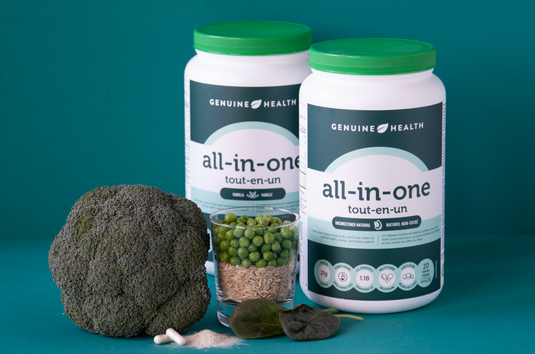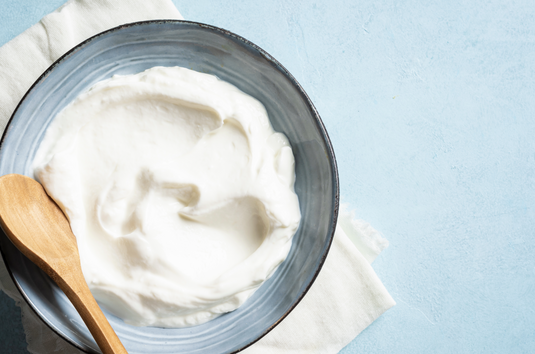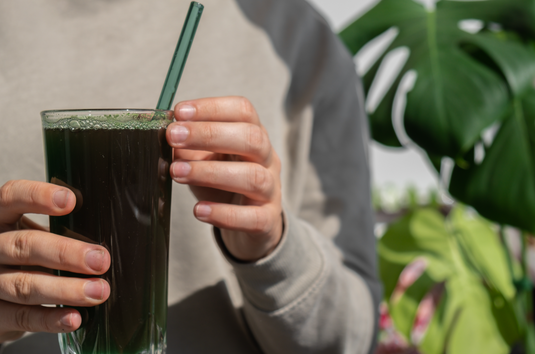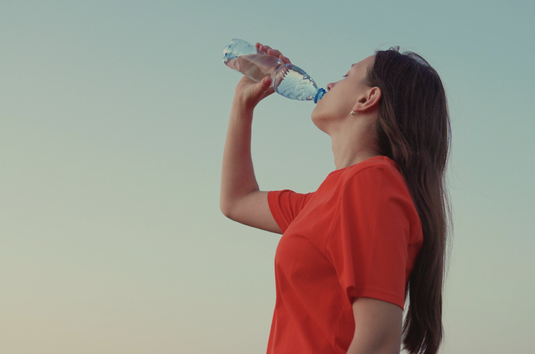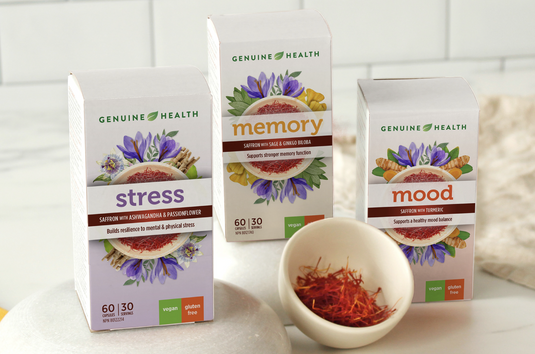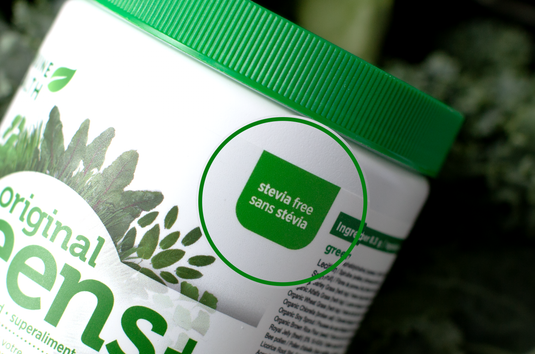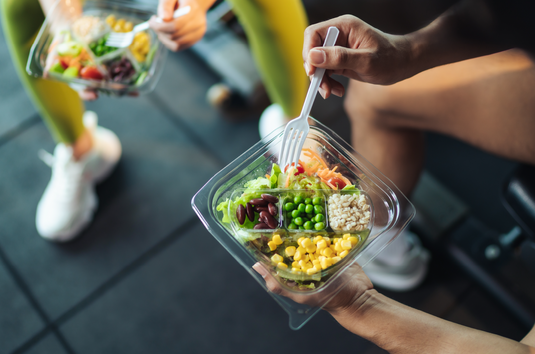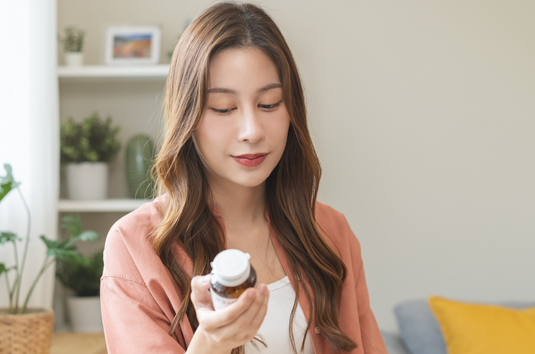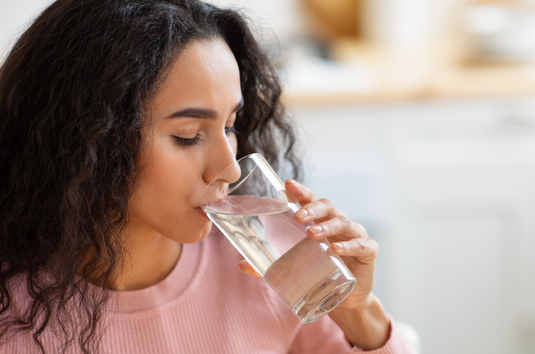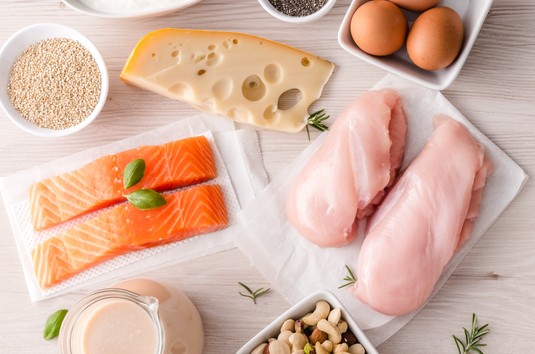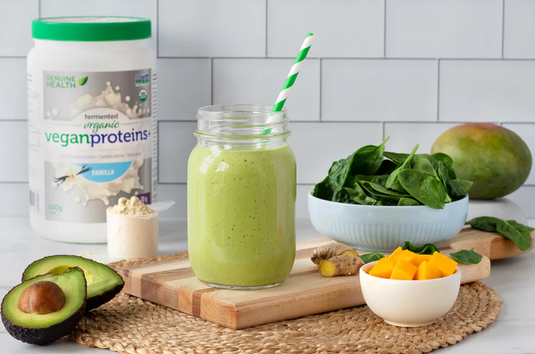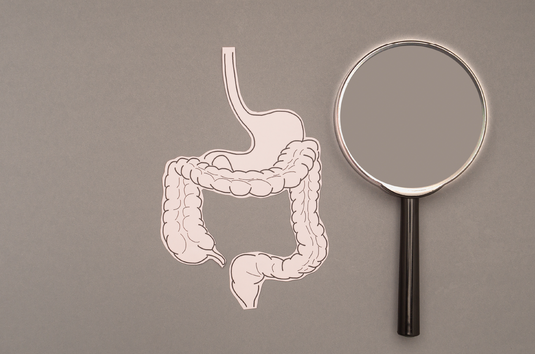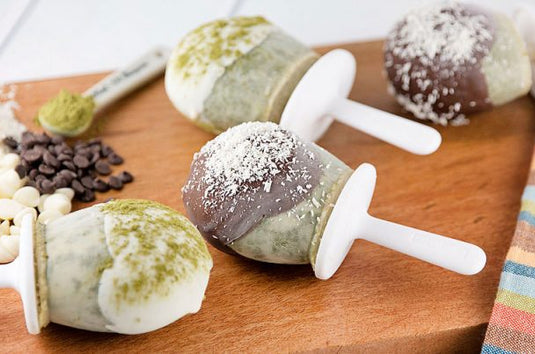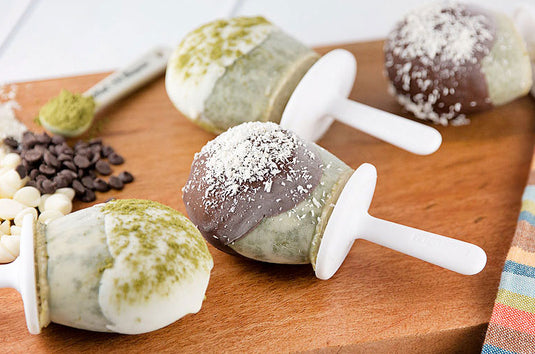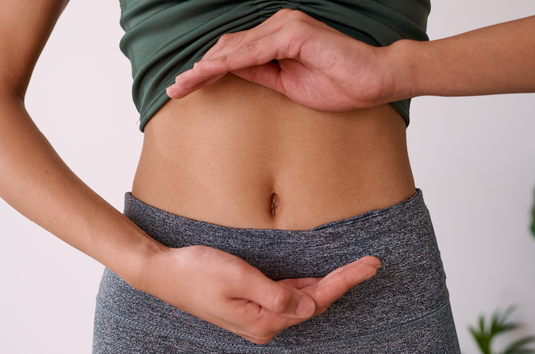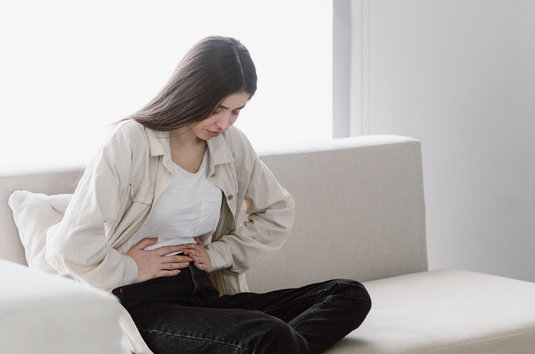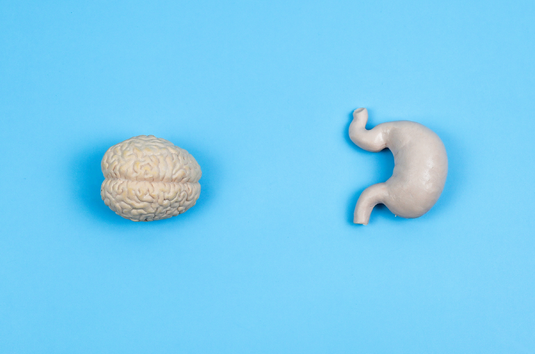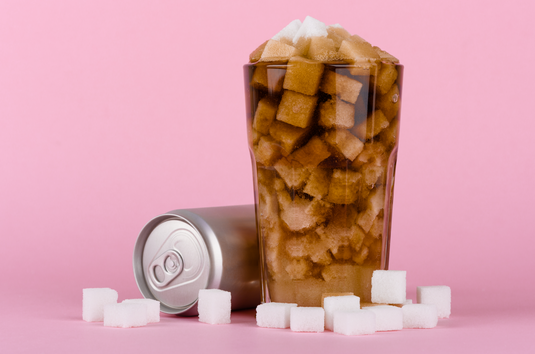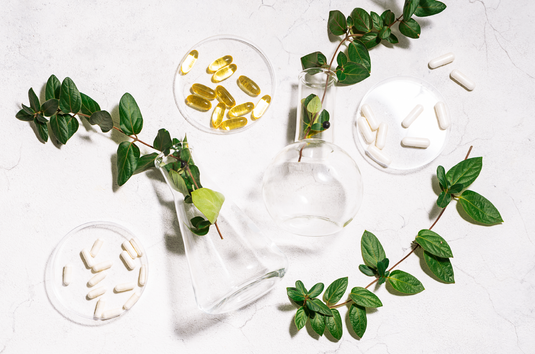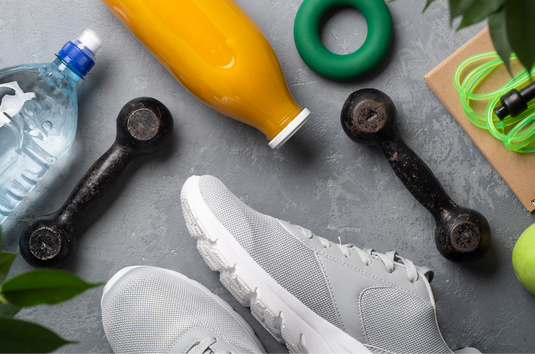La mise à niveau de la douche
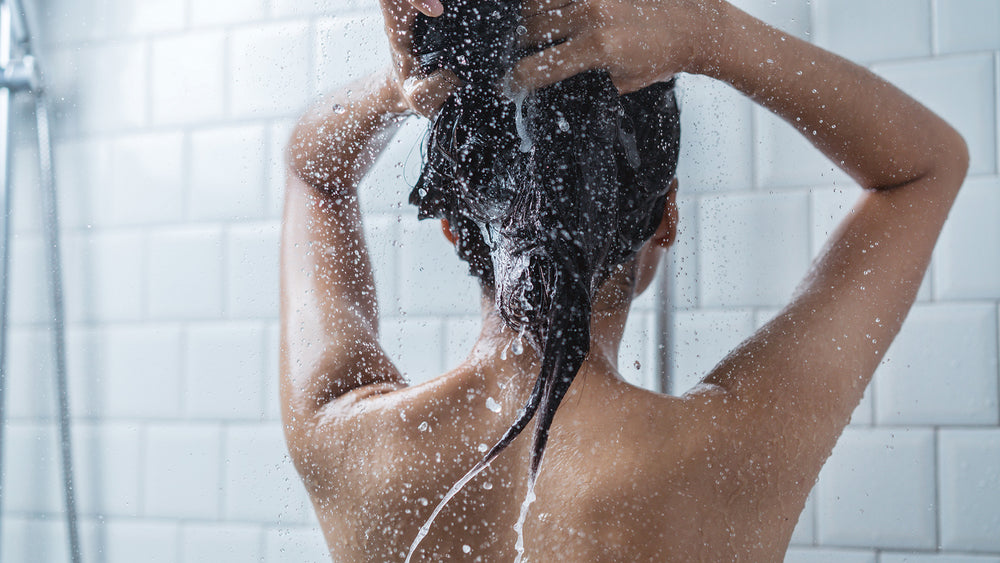
Vous mangez bien, vous êtes actif et vous prenez des compléments alimentaires pour aider votre corps à fonctionner au mieux chaque jour. Mais connaissez-vous les produits chimiques qui pourraient se cacher dans vos produits de soins personnels ? Des produits chimiques qui peuvent être absorbés par votre corps par la peau…
Certains livres et articles de blog affirment que 60 % de ce que nous appliquons sur notre peau est absorbé par le corps, mais ce n’est qu’une estimation.
Bien que nous ne puissions pas vraiment estimer la quantité de produits chimiques que nous appliquons sur notre peau qui est absorbée, nous avons une assez bonne idée de ce qui est absorbé.
Des études récentes ont fait des découvertes inquiétantes sur les substances chimiques qui pénètrent dans notre peau et contribuent à ce que l'on appelle souvent notre « charge corporelle 1 ». Voici ce que nous savons :
Voici un bref récapitulatif des endroits où vous trouverez généralement ces ingrédients chimiques et pourquoi ils sont préoccupants :
Heureusement, il existe quelques moyens de réduire votre exposition à ces produits chimiques dans vos produits de soins personnels :
Références
Certains livres et articles de blog affirment que 60 % de ce que nous appliquons sur notre peau est absorbé par le corps, mais ce n’est qu’une estimation.
- Les différents produits chimiques présents dans les produits de soins personnels ont des taux d’absorption différents.
- Certaines théories suggèrent que les produits chimiques pénétrant par la peau sont plus dangereux que ceux entrant par la bouche, car nous ne disposons pas d'enzymes digestives pour les décomposer. D'autres théories suggèrent que les produits chimiques contenus dans les produits de soins personnels peuvent pénétrer notre peau encore plus facilement sous une douche ou un bain chaud , car nos pores sont ouverts.
- Pour couronner le tout, chacun d’entre nous utilise chaque jour des produits différents (contenant des ingrédients différents), en les superposant souvent les uns sur les autres.
Bien que nous ne puissions pas vraiment estimer la quantité de produits chimiques que nous appliquons sur notre peau qui est absorbée, nous avons une assez bonne idée de ce qui est absorbé.
Des études récentes ont fait des découvertes inquiétantes sur les substances chimiques qui pénètrent dans notre peau et contribuent à ce que l'on appelle souvent notre « charge corporelle 1 ». Voici ce que nous savons :
- Une étude récente a confirmé que les produits chimiques contenus dans les crèmes solaires sont absorbés à des niveaux inconfortablement élevés dans la circulation sanguine 2 .
- Une autre étude a constaté une diminution des produits chimiques cosmétiques urinaires lorsque les personnes cessent d'utiliser des produits de soins personnels conventionnels . On a demandé à cent jeunes femmes d'abandonner leurs produits de soins personnels habituels pendant trois jours ; à la place, on leur a donné des produits de soins personnels sans marque ne contenant ni phtalates, ni parabènes, ni triclosan, ni BP-3. Les participantes ont constaté une diminution de 27 à 45 % des concentrations urinaires de certains phtalates, de certains parabènes, de triclosan et d'oxybenzone après seulement 3 jours d'abstinence de produits de soins personnels conventionnels .
- Dans une étude encore plus récente, le même groupe de recherche de l'Université de Californie a examiné les produits de soins personnels utilisés par 100 jeunes femmes (elles se sont même rendues chez elles et ont photographié les produits utilisés sur les cheveux, le visage, le corps et les dents). Plus la fréquence d'utilisation de ces produits était élevée, plus les concentrations de substances chimiques urinaires étaient élevées. L’étude fournit davantage de preuves que Les produits de soins personnels commercialisés en masse sont associés à une exposition plus élevée aux phtalates, aux parabènes, au triclosan et à la benzophénone-3 4 , à leur absorption et à leur charge toxique constante .
- Au-delà des produits de soins personnels, une étude récente a révélé que le BPA présent sur les reçus des magasins peut être absorbé par votre peau 5 .
Voici un bref récapitulatif des endroits où vous trouverez généralement ces ingrédients chimiques et pourquoi ils sont préoccupants :
- Les phtalates sont des produits chimiques de type plastique utilisés comme liants dans les produits de soins personnels . cosmétiques et parfums connus pour être des perturbateurs endocriniens.
- Les parabènes sont souvent utilisés comme conservateurs dans les produits de soins personnels et les articles de toilette, et suscitent des inquiétudes en raison de leur capacité à imiter les œstrogènes dans le corps 6 .
- Le triclosan est utilisé dans de nombreux produits, à tel point qu'on estime que 75 % de la population américaine y est exposée , et ses effets sur la vie aquatique sont connus . Bien qu'interdit dans les savons en 2016, le triclosan est toujours présent dans les dentifrices, les bains de bouche et les désinfectants pour les mains .
- La benzophénone est un ingrédient souvent présent dans les parfums et les crèmes solaires, qui suscite des inquiétudes quant à ses liens avec les perturbations endocriniennes et la toxicité du système organique.
- Le BPA est souvent utilisé dans les plastiques et comme revêtement dans les boîtes de conserve et les reçus de magasin et a été associé à des problèmes de fertilité et de santé infantile.
Heureusement, il existe quelques moyens de réduire votre exposition à ces produits chimiques dans vos produits de soins personnels :
- Améliorez votre routine de douche : remplacez d'abord votre gel douche et votre lait corporel par des alternatives naturelles, exemptes de ces produits chimiques. « La peau est la plus grande surface de votre corps, il est donc préférable de commencer par là », explique Phil LeBeau, cofondateur de basd body care. Remplacez votre gel douche et votre crème hydratante habituels par des options plus saines. « De plus, les produits sains de qualité sont plus agréables : le gel douche et la lotion basd sont formulés avec du jus d'aloe vera comme ingrédient principal, ce qui les rend ultra-hydratants », ajoute-t-il. « Et si vous utilisez un gommage corporel, privilégiez un produit à base de café, de sucre ou de sel marin plutôt que des microbilles synthétiques, qui ont également un impact environnemental. »
- Encouragez les hommes de votre vie à faire de même , car les hommes achètent moins de produits de soins personnels propres que les femmes. « En moyenne, les hommes utilisent 6 produits par jour et les femmes 12. Il y a des centaines (voire des milliers) d'ingrédients exposés à notre corps », explique Lily Tse, fondatrice de Think Dirty, une application qui aide à informer les consommateurs sur les options plus propres.
- Privilégiez une crème solaire plus propre contenant une protection minérale plutôt que des produits chimiques comme l'oxybenzone. « Pour bien comprendre la composition, utilisez Think Dirty pour vérifier les produits avant de les acheter », ajoute Tse. Think Dirty vous permet de comparer différentes marques et de voir laquelle est la plus propre en fonction de leur note.
- Soutenez votre foie , car c'est l'organe chargé d'éliminer ces substances toxiques de votre corps. Les expositions s'accumulent ! Veillez donc à soutenir les deux phases de détoxification du foie, car dans certains cas, lorsque le foie décompose les substances chimiques, celles-ci peuvent devenir plus toxiques (phase I) avant d'être éliminées lors de la deuxième phase. Privilégiez les aliments riches en vitamine C (comme les fraises, le persil et les agrumes), les légumes soufrés (comme le brocoli et ses graines, le chou, le chou frisé et le pak- choï), le pissenlit, l'artichaut, les acides aminés (comme la taurine, la glycine et la cystéine) et d'autres ingrédients comme le chardon-Marie (qui non seulement contribue à la détoxification, mais contribue également à protéger le foie) et l'acide alpha-lipoïque.
Références
- https://blogs.scientificamerican.com/observations/chemical-body-burden-researchers-and-advocates-raise-questions-about-biomonitoring-studies-and-hazards-regulations/
- https://www.ncbi.nlm.nih.gov/pubmed?term=31058986
- Harley KG, et al. Réduction de l'exposition aux phtalates, aux parabènes et au phénol contenus dans les produits de soins personnels chez les adolescentes : résultats de l'étude d'intervention HERMOSA. Environ HealthPerspect. 2016 oct. ; 124(10) : 1600-1607.
- Berger KP, et al. Utilisation de produits de soins personnels comme prédicteur des concentrations urinaires de certains phtalates, parabènes et phénols dans l'étude HERMOSA. J Expo Sci Environ Epidemiol. 2019 janv. 29(1):21-32
- https://www.ncbi.nlm.nih.gov/pubmed/28759207
- https://www.scientificamerican.com/article/should-people-be-concerned-about-parabens-in-beauty-products/
- https://www.ncbi.nlm.nih.gov/pmc/articles/PMC6126357/
- https://www.ewg.org/skindeep/2004/06/15/exposures-add-up-survey-results/

